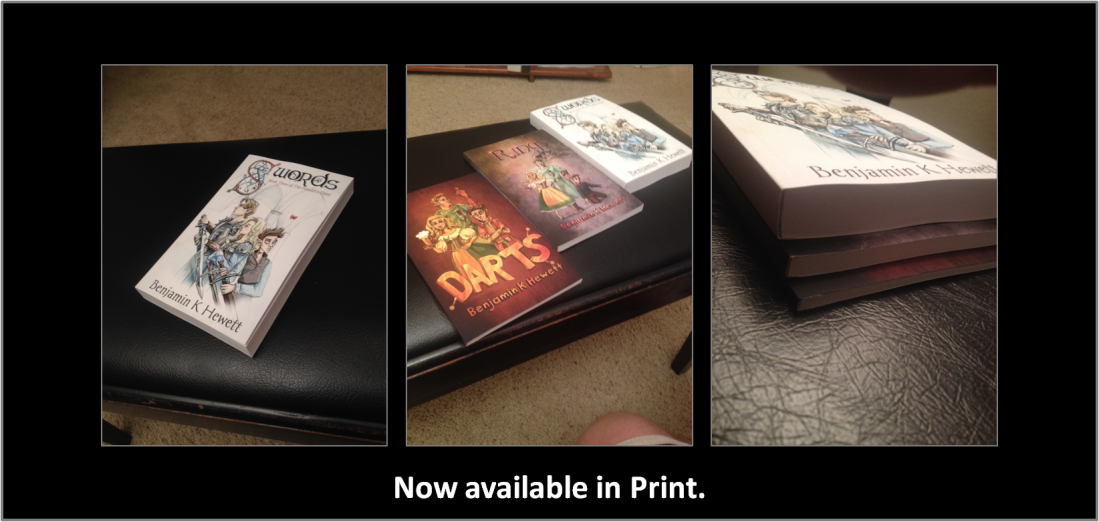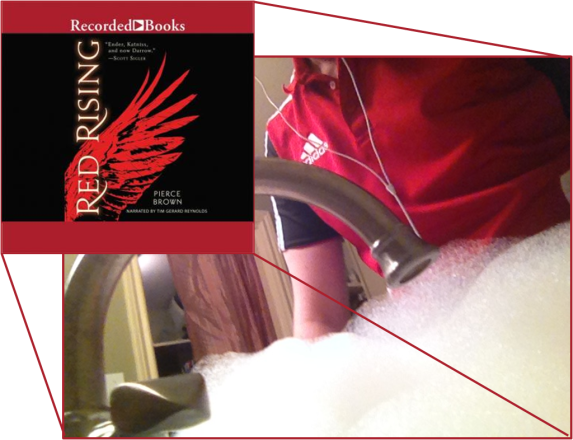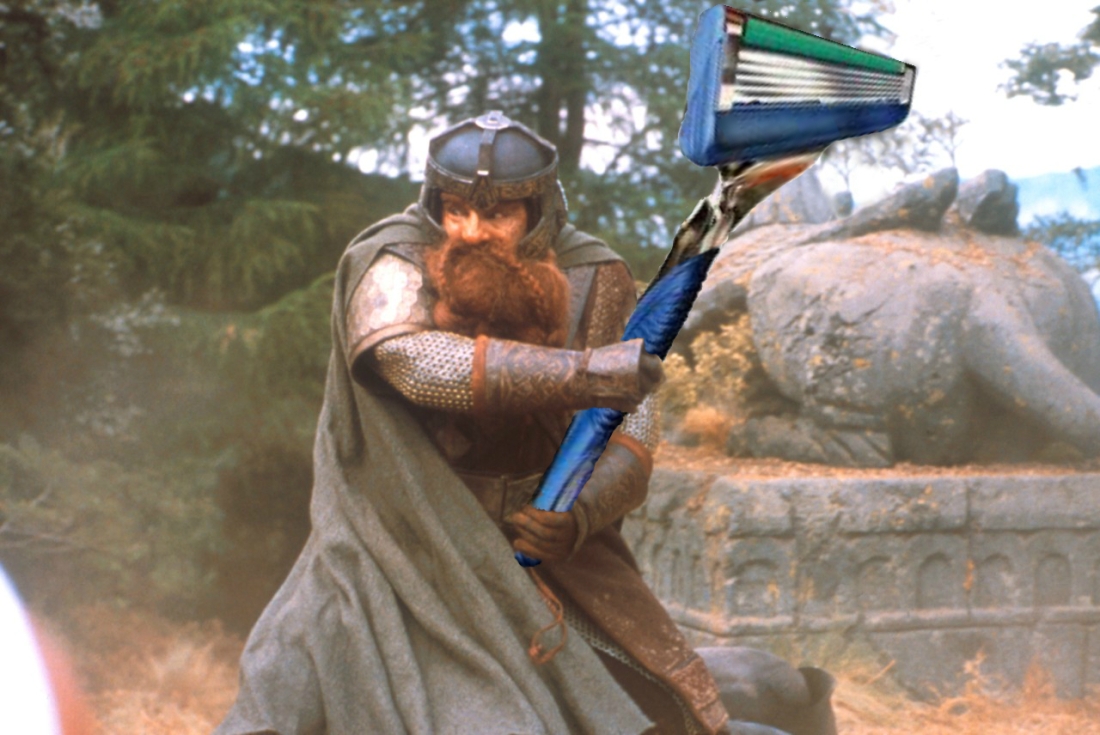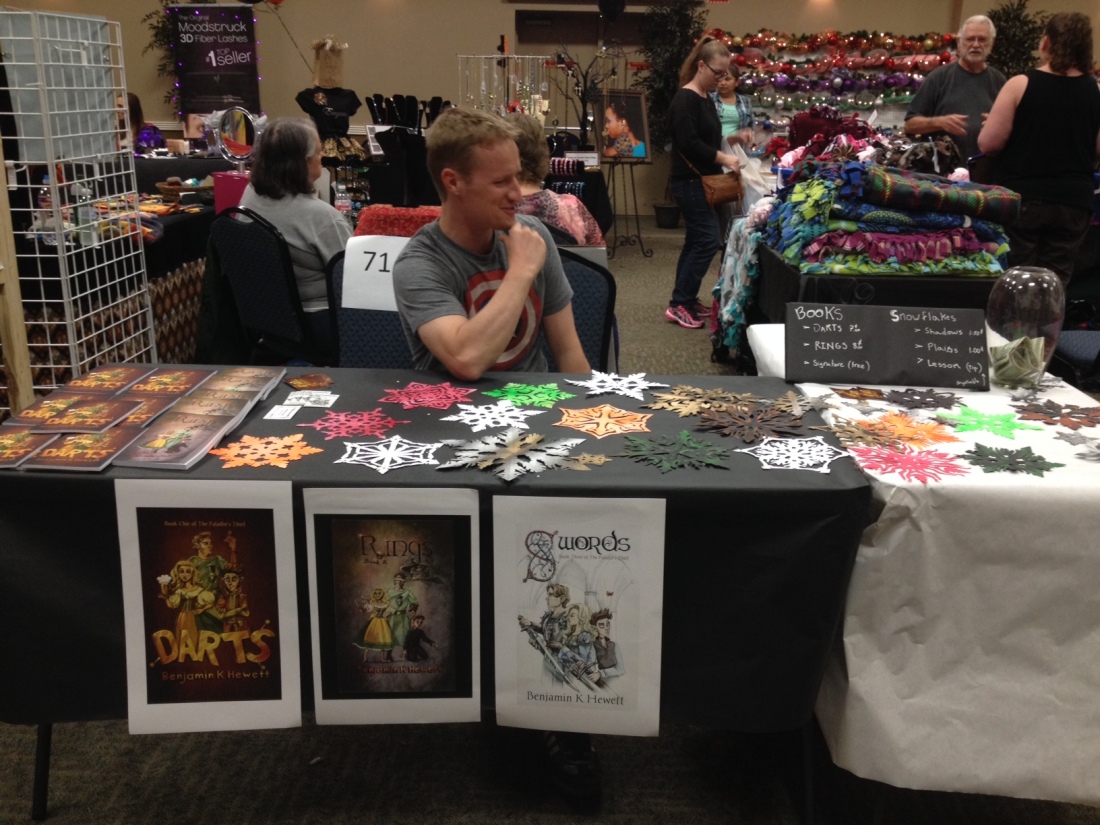“The days are long but the years are short.” –Gretchen Rubin
Not bragging, but in high school I scored a role as one of the lusty muleteers in The Man of La Mancha. For those of you who know me, this is totally out of character. For those of you who don’t know me . . . er . . . take my word for it. But I was so good in auditions that I got to throw Aldonza over my shoulder and haul her kicking and screaming from the stage for every one of our shows, musicals and the one-act play. It was great fun, discounting the make-up and tight pants.

(I’m not in this photo.)
I have one, not-so-fun memory about that production though. I was supposed to play a song on the lute and sing a solo with it. I had a lute. (Dad.) And a decent voice. (Mom.)
But every time I looked at the sheet music and thought about bar chords, time signatures, and picking, I got intimidated. With two weeks to spare, I confessed to my drama teacher that I wasn’t going to be able to play and sing at the same time. She was mildly disappointed, but shrugged and said we could use the pit orchestra, and that everything would be fine. No big deal.
But that moment stuck with me. It wasn’t talent or time that beat me. It was intimidation. This is a lesson I keep learning—one that keeps coming back to me for second helpings.
Earlier this year I told a potential agent that I’d have a rewritten novel manuscript to him by mid-March. It’s taken a lot of work to make it this far, certainly enough to have a little confidence. But every time I looked at the extensive edits required, I felt myself crumbling under the enormity. I’ll never be able to do all that, let alone before March. I kept comparing the few spare hours I have each week with the enormity of project and coming up emotionally short, unwilling to start on a project that “will never be finished.”
Our brains are wired for quick pay-offs. If you don’t believe it, check out the research by Teresa Amabile of the Harvard Business School, here or here. En bref, the quick reward of finishing something today is more important today than the promised reward of finishing something large and meaningful several weeks down the road. For the less ambitious, Tim Urban does a funny Ted talk about what happens in the mind of a chronic procrastinator.
When I was complaining about my lack of motivation, my wife suggested, “Why don’t you make a paper chain link for every hour’s worth of work you think it will take. Then you can cut off a link every time you do an hour of work and measure your progress?” I was dubious about the motivational power of paper chains, but with cheap sub-contracting (my son), I got a chain suspended in my office in no time. It started at 178 links or 178 hours. A bit of depression sets in when you realize your 10th draft needs more than 40 hours a week for four straight weeks. (Obviously, I’d need more than four weeks to make up the time if I was to keep my regular bread-and-butter job and have a family.) But the kids keep begging to cut links for me, and now I have to scramble to keep up with them.
But in another sense, the exercise was very therapeutic: it wasn’t Mount McKinley on the horizon anymore. It was 178 day hikes spread out across as many days as needed to do it right. The real value didn’t come from the begging children, as cute as they are. It came from chunking out the work, parsing it into one-hour units. It came from breaking down the problem into constituent, achievable units and identifying which pieces could be done anywhere with a red pen and a shade tree, and which pieces need two or three quiet hours in front of a computer screen.
Suddenly it was much easier to do a few pages each day, and seeing the redlines materialize on the printed page gave me the small kick of accomplishment I needed to do a little more.
I still haven’t learned to play that Man of La Mancha song on my lute, but I’ve made some serious progress on the manuscript . . .
What are tricks do you use to get motivated on challenging projects?









